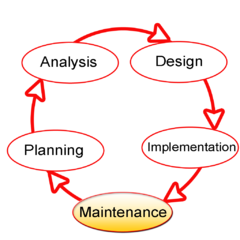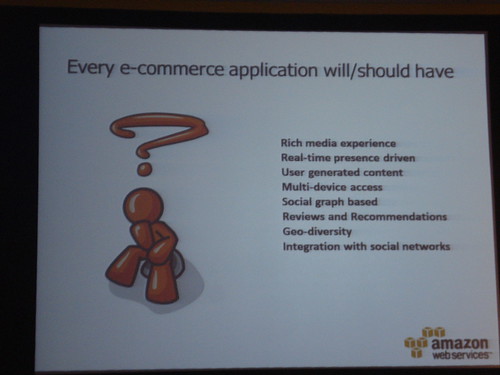Another list of Seminar topics
Hi,
Please find another list of Computer science , information technology and electronics seminar topics.
- Seminar on Iris Scanning
- Grid network
- Earth Simulator
- M-Commerce
- Socket Programming
- video door phone
- CCTV System
- WI-MAX
- WISENET
- Optical fiber communication
- Lightweight Directory Access Protocol
- Kerberos
- Organic light emitting diode (OLED)
- Augmented Reality
- The Bionic Eye
- Optical Communications in Space
- 4G Wireless Systems
- Bittorrent
- Wireless USB
- Tripwire
- Data mining
- Interactive Voice Response
- Nessus
- Mobile Computing
- Holographic Versatile Disc
- Satellite radio
- Silverlight
- Bluetooth
- Wearable computers
- Cluster computing
- Quantum computer
- HVAC
- Mobile IP
- FireWire
- Home Networking
- Plasma display
- PLAN 9 Operating system
- Global Positioning System
- Spyware and Trojan horses
- Voice over Internet Protocol
- SSL-TLS
- PolyBot - Modular, self-reconfigurable robots
- Facial recognition system
- Captchas
- Ext3 File System
- Embedded Linux
- Computer forensics
- Security Protocol For Sensor Network
I will be adding many more such topics in coming future. Please post your comments whether these are helpful or not. And also, if you have any suggestion, please let me know so that I can incorporate that too.
Thanks!



















